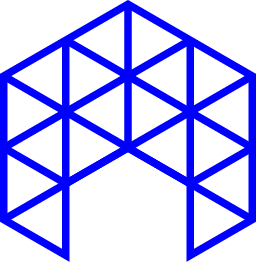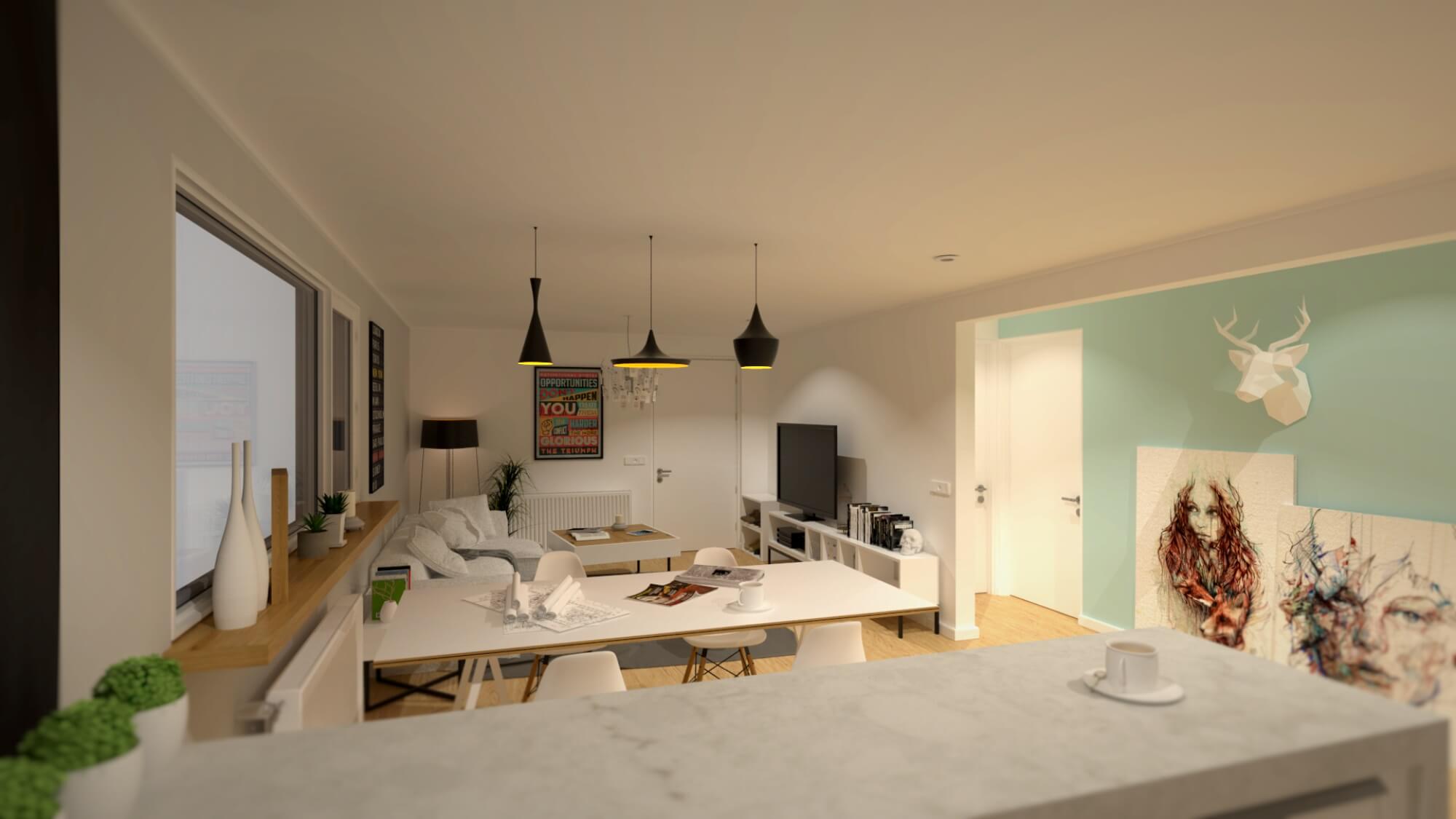Digital fabrication has become an increasingly important tool in the architecture industry, allowing architects and designers to create complex and detailed designs with precision and efficiency. With the advancements in technology, digital fabrication has opened new opportunities for architects and designers to create unique and innovative designs. However, as with any new technology, digital fabrication also presents a number of challenges. This guide will provide an overview of the future of digital fabrication in architecture, and how it can be used to improve the design process.
One of the main opportunities provided by digital fabrication is the ability to create complex and detailed designs with precision and efficiency. This includes the ability to create highly detailed and accurate digital models of designs, which can be used for visualization, fabrication, and construction. Additionally, digital fabrication also allows architects to create unique and innovative designs that would be difficult or impossible to create using traditional fabrication techniques.
Another opportunity provided by digital fabrication is the ability to improve collaboration and communication within the design process. Digital fabrication allows architects to work with other members of the design team, such as engineers and builders, in a digital environment, which can help to reduce the need for physical prototypes and mock-ups. Additionally, digital fabrication can also be used to create virtual meetings and design reviews, which can improve communication and collaboration between team members.
However, as with any new technology, there are also challenges that come with the adoption of digital fabrication in the architecture industry. One of the main challenges is the cost of digital fabrication equipment, which can be prohibitive for some firms and designers. Additionally, there is a lack of standardization in digital fabrication, which can make it difficult for architects and designers to work with different software and hardware.
Another challenge is the lack of understanding of digital fabrication technology among clients and other stakeholders. Many clients and stakeholders may not be familiar with digital fabrication technology, which can make it difficult for architects and designers to communicate the benefits of digital fabrication and to convince clients to invest in the technology. Furthermore, there is also the challenge of finding qualified personnel to operate the digital fabrication equipment and use the software.
In conclusion, digital fabrication is a powerful tool for architects and designers, allowing them to create complex and detailed designs with precision and efficiency, and to improve collaboration and communication within the design process. However, there are also challenges that come with the adoption of digital fabrication, such as cost and lack of standardization, lack of understanding among clients and stakeholders and lack of qualified personnel. By addressing these challenges, architects and designers can leverage the full potential of digital fabrication to improve the design process and create better, more innovative designs.
References:
- “Digital Fabrication in Architecture” by the American Institute of Architects
- “The future of fabrication in Architecture” by the Royal Institute of British Architects
- “Collaboration and Communication in Digital Fabrication for Architecture” by the International Association of Architects


